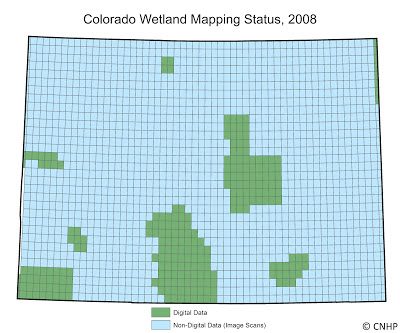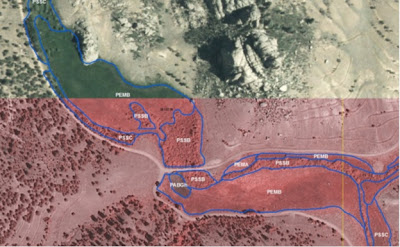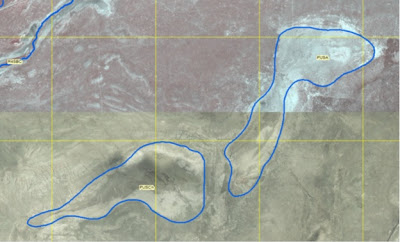by Gabrielle Smith, CNHP Wetland Mapping and GIS Specialist
In the 1970’s the US Fish and Wildlife Service started a wetland mapping program called the National Wetlands Inventory (NWI) , with the goal of mapping the entire country’s wetland resource. Using the Cowardin system of classification, most of the country was mapped from approximately 1975 to 1985 by people looking at aerial photos through stereoscopes and drawing the wetland outlines with markers on sheets of transparent plastic. This original mapping was at resolutions ranging from 1:24,000 to 1:50,000. Over the course of the following decades, individual states have scanned these data into image files that can be viewed on a computer screen, and many have produced updated data building upon the same basic methodology. However, only recently has true digital wetland mapping really taken off.
CNHP first began working on statewide wetland data in 2008, in partnership with Colorado Parks and Wildlife (CPW). At that time, there was very little digital mapping available:
Making informed decisions about Colorado’s wetlands has critical implications for Colorado’s biodiversity: while it is estimated that only about 2% of the land area of Colorado is wetland, that 2% of the state supports over 40 vertebrate species of concern:










